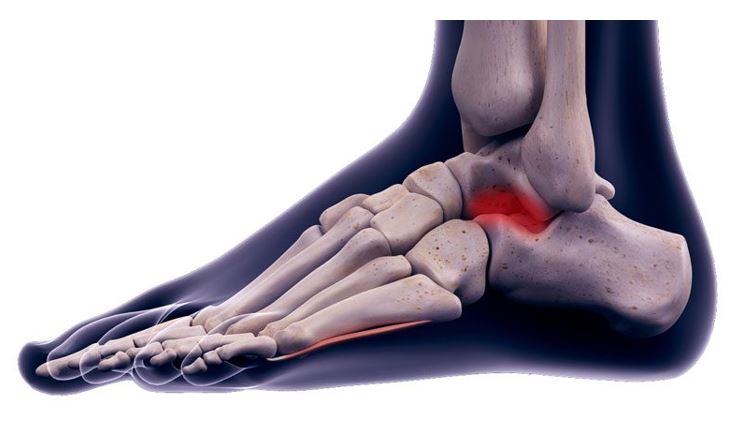Dental fillings are essential for restoring a tooth’s functionality and preventing further decay after treating cavities. They help to protect the inner layers of your tooth, restore its shape, and improve its appearance. While dental fillings are durable and designed to last for many years, they are not indestructible. Over time, fillings can become loose or even fall out. This may seem alarming, but understanding what happens if a filling falls out can help you take appropriate action to protect your tooth and prevent further damage. You must consult a skilled dentist in Orange Park promptly to prevent complications and restore oral health.
Here are the consequences and solutions for a fallen filling.
- Increased Risk of Tooth Decay
One of the primary functions of a dental filling is to seal off the cavity and prevent bacteria from entering the tooth. When a filling falls out, the exposed area of the tooth becomes vulnerable to harmful bacteria that can quickly lead to tooth decay.
The tooth is no longer protected from the acids in food and drinks, which can contribute to further damage and additional cavities. This is especially concerning if the filling fell out from a molar or another tooth that plays a major role in chewing.
- Pain and Sensitivity
When a filling falls out, the tooth’s inner layers, including the nerve, may be exposed to temperature changes and external elements, causing significant discomfort. You may experience tooth sensitivity when consuming hot or cold foods and drinks. Even something as simple as breathing through your mouth can trigger sharp pain or discomfort if the tooth is exposed.
If you have a fallen filling and are experiencing pain, it’s essential to seek dental care as soon as possible to prevent further irritation and manage the discomfort.
- Potential for Further Tooth Damage
Once a filling has fallen out, the tooth’s structure is no longer intact. As a result, the tooth can become more susceptible to fractures or cracks. Chewing or biting on the affected tooth can cause the tooth to break or chip, worsening the situation.
The longer you wait to have the filling replaced or repaired, the more likely the tooth is to suffer from additional damage. This can increase the need for more extensive treatments like crowns or root canals.
- Infection Risk
An open cavity without a filling leaves the tooth’s interior exposed, which can lead to bacterial infections. Bacteria can travel deep into the tooth and possibly affect the nerve, causing an infection known as pulpitis. If left untreated, this infection can spread, leading to an abscess, a painful and serious condition requiring prompt treatment to avoid complications.
Infections can spread from the tooth to surrounding tissues, including the gums, jawbone, and other body parts, potentially leading to systemic health issues.
- What You Should Do if Your Filling Falls Out
If your filling falls out, it’s essential to act quickly. Here are a few steps to take:
- Clean the Area: Gently rinse your mouth with warm water to clean the area where the filling came out. Avoid using harsh mouthwashes that might irritate the exposed tooth.
- Temporary Solutions: If you experience pain, use dental cement (available at pharmacies) as a temporary fix to protect the exposed tooth. This will help to shield it from food and bacteria until you can see your dentist.
- Avoid Certain Foods: Avoid eating sticky, hard, or chewy foods that could further damage the tooth or cause discomfort. Stick to soft foods and avoid using the tooth for chewing.
- See Your Dentist: Schedule an appointment as soon as possible. They will examine the tooth and recommend the best course of action. Depending on the size and condition of the cavity, your dentist may replace the dental fillings in Orange Park or in some cases, recommend more extensive treatments like a root canal or crown.
- How Dentists Repair a Fallen Filling
When you see your dentist, they will first assess the extent of the damage. They may clean the cavity and place a new filling if the tooth is still in good condition. A crown might be necessary for larger cavities or damaged teeth to restore the tooth’s structure and function.
In some cases, if the tooth has suffered extensive damage or infection, a root canal might be required before placing a new filling or crown.
Conclusion
If a filling falls out, it’s crucial to prevent further damage and complications immediately. A missing filling exposes your tooth to an increased risk of decay, pain, sensitivity, and infection. Following the right steps and consulting your dentist promptly can protect your teeth and restore your smile.
Remember, if you experience discomfort or notice a missing filling, don’t delay—schedule an appointment with your dentist to address the issue as soon as possible. Timely intervention can save your tooth and prevent costly or painful procedures.






